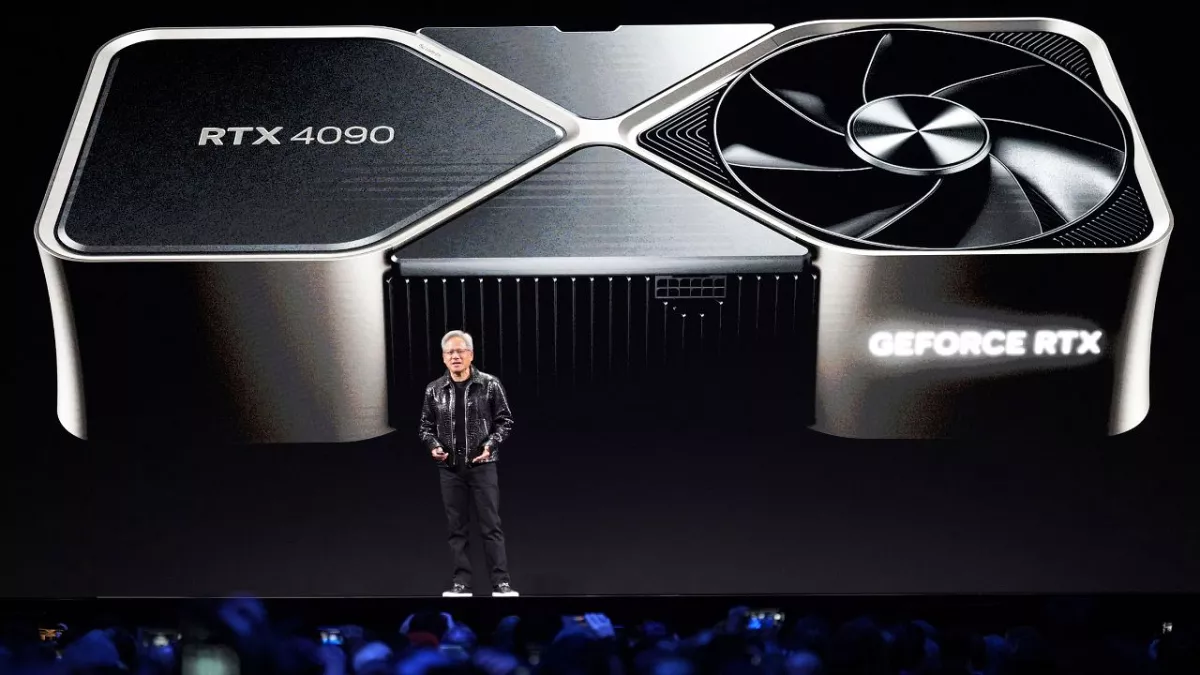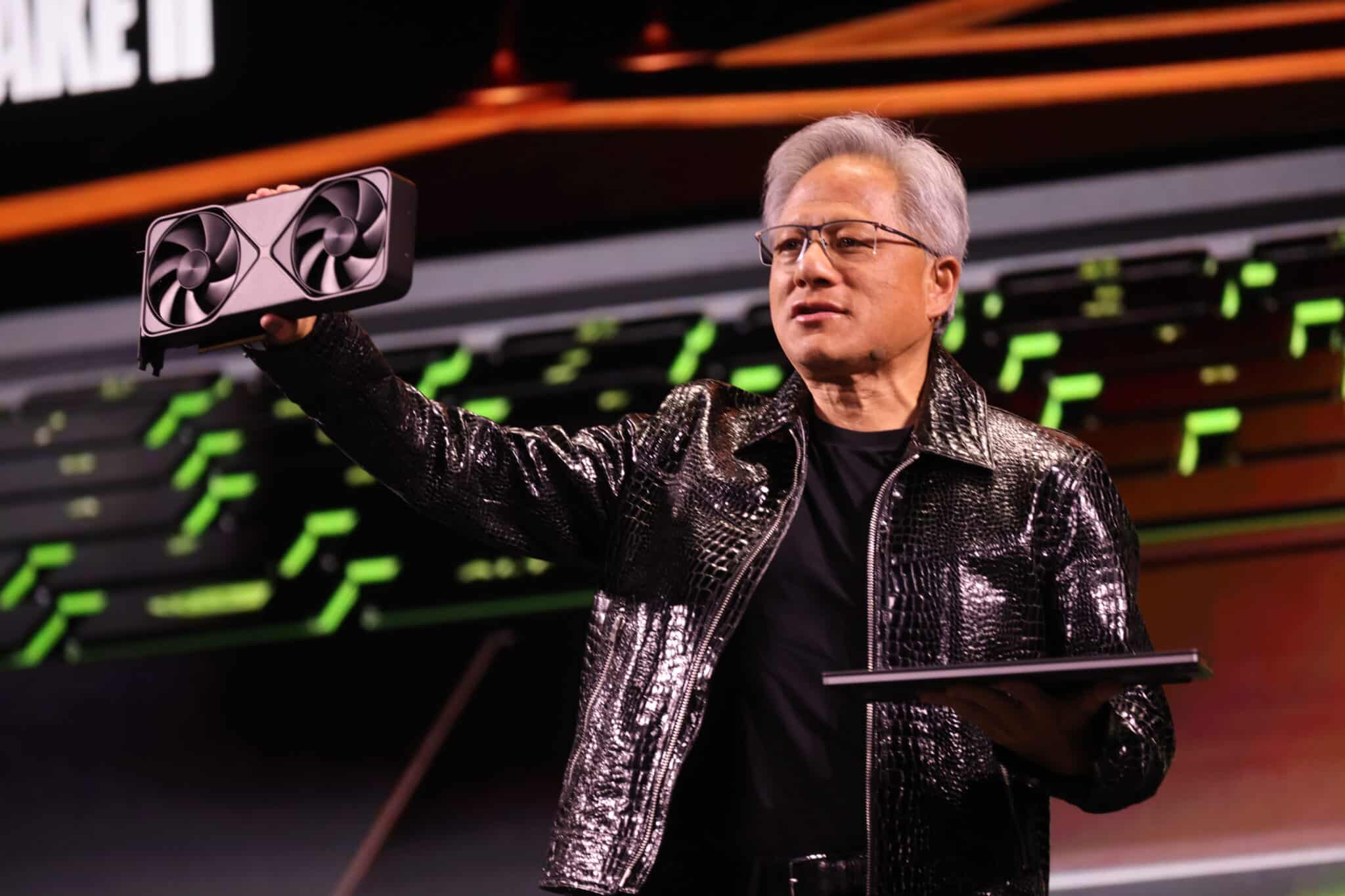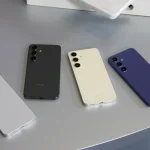At CES 2025, Nvidia showcased some impressive advancements in its RTX 50-series GPUs, but the company’s real focus remains on AI. Nvidia’s ultimate vision is to have AI running directly on PCs, removing the need for cloud processing. However, the demos presented revealed that the AI technologies, while promising, still need significant refinement.
The company is working on a text-to-body motion framework for developers and aims to introduce AI-driven lip-syncing and autonomous enemies that can make boss fights more unpredictable and dynamic. These concepts are intriguing, but they still require more fine-tuning to reach their full potential.
One of Nvidia’s AI projects demonstrated at CES was an AI “Ally” for PUBG: Battlegrounds, which could communicate with players through voice commands. While the concept of issuing commands to an AI in a battle royale game is fascinating, the execution felt lacking.
For instance, the Ally’s slow responses and lack of urgency in helping the player led to frustrating gameplay. When the player needed assistance, the Ally ignored their pleas and acted erratically, undermining the idea of a helpful, interactive AI companion. This experience highlighted the difficulty in creating engaging AI that feels authentic and responsive.
Nvidia’s efforts to enhance NPC behavior with AI also fell short. In a demo of inZOI, a life simulator powered by Nvidia’s tech, AI characters were meant to make decisions and manage their lives autonomously, similar to The Sims. However, the demo felt lackluster, as the AI’s actions appeared predictable and devoid of the charm that makes The Sims enjoyable. The technology behind these AI characters may hold promise, but the implementation still seems underdeveloped, leaving the AI feeling more like a novelty than a revolutionary gaming feature.

Previously, Nvidia had showcased its ACE autonomous NPCs, but the voice lines generated for these characters were stiff and lacked the natural delivery required for believable interactions. During this year’s CES, Nvidia demonstrated these AI NPCs again in a game called ZooPunk, featuring a rebellious bunny with laser swords.
Despite the intriguing concept, the AI voice lines continued to fall flat, detracting from the immersion. The AI’s inability to accurately perform simple tasks, such as changing the color of a spaceship, further highlighted the limitations of the technology at this stage.
In addition to game-specific AI, Nvidia introduced its G-Assist desktop companion app, which functions as a chatbot to help users adjust settings and monitor PC performance. While the concept of an AI assistant that can automatically tweak game settings and provide performance graphs is interesting, it still requires user input to make changes. The app’s potential lies in its ability to streamline these tasks, but it falls short of being fully autonomous. For now, it serves as a helpful but not groundbreaking use of AI technology.
The most striking demonstration of Nvidia’s AI at CES was the creation of a talking mannequin head, designed to sit on users’ desktops as a virtual assistant. This AI uses Nvidia’s neural faces, lip-syncing, text-to-voice, and skin models to create a more realistic interaction.
However, despite these advancements, the mannequin still falls into the uncanny valley, making the AI appear lifeless and unsettling. Nvidia’s attempt to integrate this AI with tools like G-Assist could improve functionality, but it still leaves much to be desired in terms of speed, reliability, and overall user experience.




